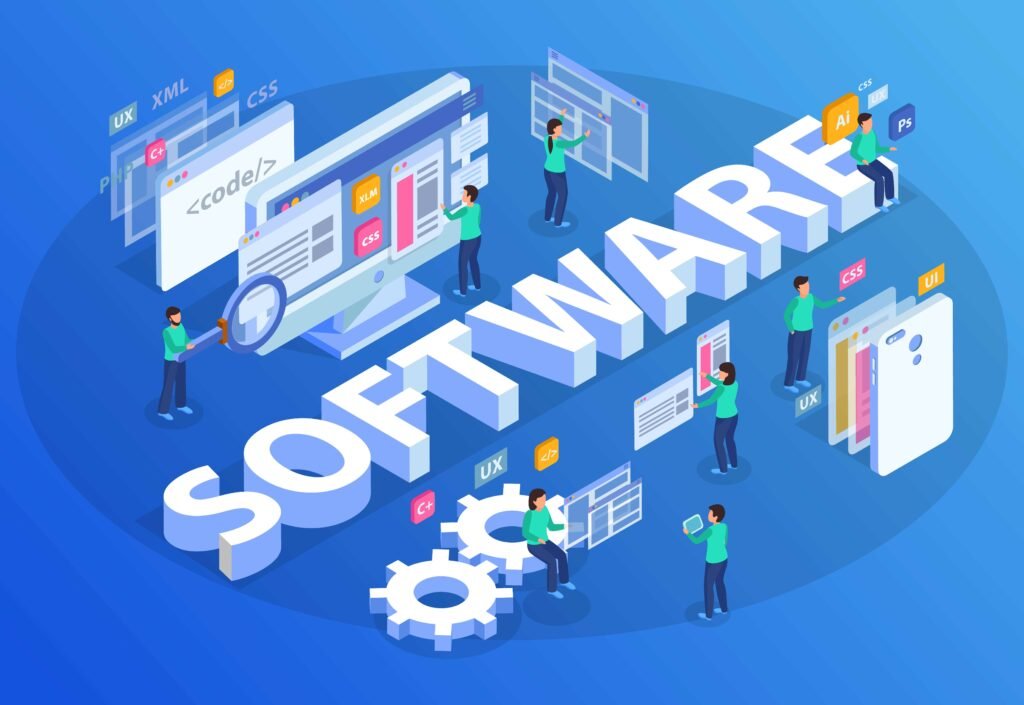
Explore the transformative power of DevOps and learn how implementing best practices can streamline your software development lifecycle. From collaboration strategies to automated testing and continuous integration, this guide delves into the key principles that drive efficiency and innovation in modern development environments.
In the ever-evolving landscape of software development, DevOps has emerged as a transformative approach, emphasizing collaboration, automation, and a culture of continuous improvement. By integrating development and operations teams, DevOps aims to streamline the software development lifecycle, reducing bottlenecks, improving efficiency, and delivering higher-quality software. In this article, we will explore key DevOps best practices that can revolutionize your development workflow, including the crucial aspect of high-quality hosting through dedicated servers.
1. Cultural Transformation: Embrace Collaboration
DevOps is not just about tools; it’s a cultural shift that encourages collaboration between traditionally siloed development and operations teams. Foster a culture of shared responsibility, where communication is open, and teams work together towards common goals. This cultural transformation sets the foundation for a more agile and responsive development process.
2. Automation at Every Stage: Continuous Integration and Continuous Deployment (CI/CD)
Automating repetitive tasks is a cornerstone of DevOps. Implement CI/CD pipelines to automate the building, testing, and deployment of your applications. This not only accelerates the release cycle but also ensures that code changes are thoroughly tested before reaching production, minimizing the risk of defects.
3. Infrastructure as Code (IaC): Managing Environments Efficiently
Infrastructure as Code (IaC) enables infrastructure to be defined, provisioned and managed through code. Popular IaC tools like HashiCorp’s Terraform and Ansible allow infrastructure engineers to implement IaC practices. Using these tools, infrastructure configurations can be encoded as declarative configuration files that define the desired end state. Any provisioning or changes are automated through scripts that detect drift from the defined state. This ensures consistency across testing and production environments while avoiding manual errors. Automating infrastructure provisioning and updates in this way reduces operational overhead and ensures all environments are deployed and managed identically through code.
4. High-Quality Hosting with Dedicated Servers: Ensuring Reliability
Investing in high-quality hosting, particularly a dedicated server with GPU, for example, is essential for ensuring the reliability and performance of your applications. Dedicated servers provide exclusive resources, offering greater control and stability compared to shared hosting. This choice is particularly beneficial for resource-intensive applications and projects with specific performance requirements.
5. Monitoring and Logging: Proactive Issue Resolution
Implementing robust application monitoring and logging is crucial for gaining insights into performance and detecting issues early. The right monitoring strategy provides development and operations teams with real-time visibility into an application’s behaviour. Tools like Prometheus and the ELK Stack allow teams to continuously collect and analyze metrics, logs, and traces from applications and underlying infrastructure components. Whether in development, testing or production environments, these tools help pinpoint potential problems before they impact end users.
6. Security Integration: Shift Left Approach
Embed security practices into the development process from the outset, following a “shift-left” approach. With a shift-left methodology, security practices are incorporated continuously throughout a project’s development lifecycle. Security testing replaces bug fixing and occurs in parallel through all phases. Regular code reviews check for vulnerabilities and compliance with security standards before code is committed. Automated scanning tools find flaws without disrupting workflow. By prioritizing security early, the costs of fixes and remediation decrease dramatically. With both dev and ops accountable, organizational culture regards security as part of the standard, high-quality software processes rather than an afterthought. This collaborative, proactive mindset helps deliver secure products and services.
7. Regular Feedback Loops: Continuous Improvement
Establish feedback loops throughout the development lifecycle. Conduct regular retrospectives to reflect on successes and areas for improvement. By continuously assessing and adjusting processes, teams can evolve and enhance their efficiency over time.
By assessing both technical work and team dynamics after each release or milestone, teams can identify obstacles inhibiting progress. Focusing retrospectives on process rather than people fosters constructive discussion around adapting methods. Outcomes and metrics from production also reveal where development pipelines can be streamlined. Implementing adjustments incrementally allows teams to tweak factors like collaboration, automation, or knowledge sharing based on data from previous efforts. Over time, this ongoing refinement helps teams continuously enhance the impact, quality and speed of their deliverables.
Conclusion
DevOps is not a one-size-fits-all solution, but a set of principles and practices that can be tailored to fit the specific needs of your development team. By embracing a cultural shift, implementing automation, investing in high-quality hosting (dedicated servers for rent), and fostering collaboration, you can streamline your software development process, delivering high-quality applications more rapidly. In a world where agility and innovation are paramount, DevOps is the key to staying ahead in the competitive landscape of software development.
